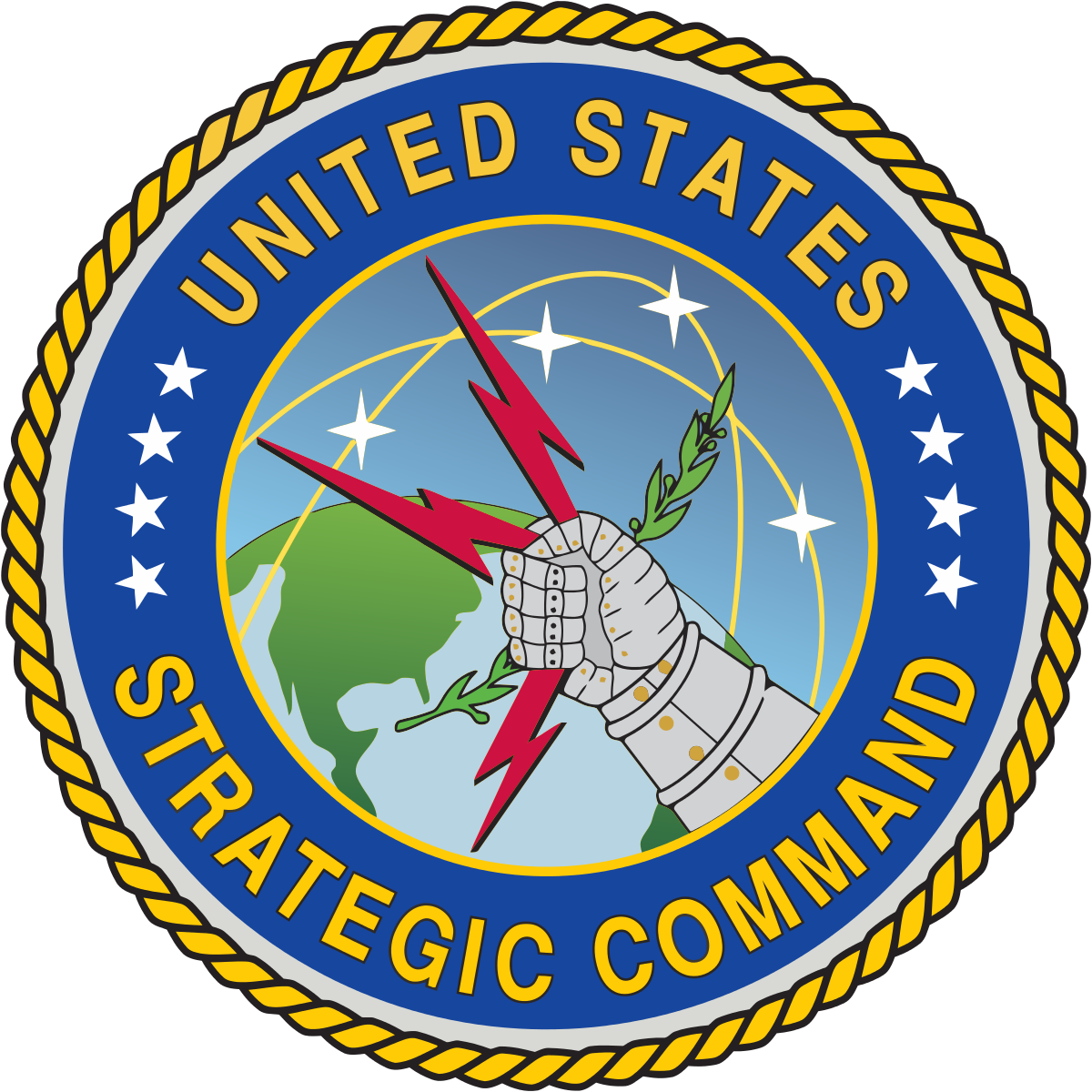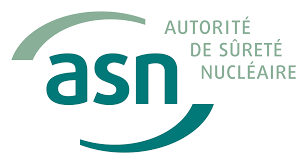Part 1 of 2 Parts
I grew up under the threat of nuclear war during the Cold War between the U.S. and the Soviet Union. When the Soviet Union collapsed in 1991, it was hoped that there would be a “peace dividend” in the form of reduced spending on expensive nuclear weapons systems. Unfortunately, the “peace dividend” never arrived. In the past few years, there has been an increase in tensions between the U.S. and Russia which inherited the Soviet nuclear arsenal. The Trump Administration wants to spend a trillion dollars over the next ten years to “modernize” our nuclear arsenal. Both Russia and China have announced similar plans for increased spending on nuclear weapons systems.
Since the Cold War ended with the demise of the Soviet Union in 1991, it is estimated that the U.S. has about nine hundred nuclear weapons on alert for immediate launch in the event of evidence of an attack by another nuclear power. This is known as “hair-trigger” launch status. The U.S. president has the power to order launch of hundreds of U.S. nuclear weapons in minutes.
The U.S. has land-based missiles in silos in five states at remote locations. Then there are the U.S. nuclear submarines that are sailing around in the world oceans with dozens of more nuclear missiles in them. The U.S. also has about forty special missiles that are called interceptors that are kept on hair-trigger alert. It is projected that three or four of these missiles could possibly destroy an incoming missile from an enemy. Tests of these interceptors have been less than encouraging considering that a nuclear attack against the U.S. could consist of over a thousand incoming warheads.
The U.S. has infrared sensors and sensor laden satellites in orbit which can detect the trail of hot gas that is released by a missile flying through the atmosphere. It is estimated that it should take about twenty-five minutes for a missile launched by Russia to reach the U.S. Sensors could detect the missile in a matter of minutes. There are automated systems that monitor the data from the missile-detecting sensors in order to determine whether or not there is actually a missile headed for the U.S. If such a warning is received, the U.S. president has about ten minutes to decide if he or she wants to retaliate with our own missile launch.
Originally, the hair-trigger launch status was intended to discourage the Soviet Union from thinking that it could successfully destroy the U.S. with a first nuclear strike while suffering little damage in return. Since the breakup of the Soviet Union, the U.S. nuclear arsenal has also been used to threaten and intimidate other countries that either have nuclear weapons or are interested in acquiring them.
Supporters of the hair trigger launch status of U.S. missiles claim that Russia or another enemy would have to use hundreds of their missiles to destroy U.S. missile silos and this would reduce the number of missiles that they could aim at U.S. cities. Other supporters point out that missiles bases are important for the local economy of nearby towns and that removing missiles from hair-trigger alerts could impact the economies of those towns.
Please read Part 2
Blog
-

Nuclear Weapons 345 – Merits of Hair-Trigger Status Of U.S. Nuclear Missiles Debated – Part 1 of 2 Parts
-

Geiger Readings for Jun 13, 2018
Ambient office = 88 nanosieverts per hour
Ambient outside = 128 nanosieverts per hour
Soil exposed to rain water = 122 nanosieverts per hour
Red potato from Central Market = 102 nanosieverts per hour
Tap water = 46 nanosieverts per hour
Filter water = 39 nanosieverts per hour
-

Nuclear Reactors 574 – The French Nuclear Regulatory Agency Issue New Requirements For Nuclear Component Manufacturers
One of my biggest concerns about nuclear power is whether we can rely on private companies to follow proper procedures in the manufacture of nuclear components destined for the construction of nuclear power plants. There have been too many instances where nuclear component manufacturers were not sufficiently concerned about quality control.
In April of 2015, Autorité de Sûreté Nucléaire (ASN), the French nuclear regulatory agency, reported that they had found an “anomaly” in the composition of the steel alloy in certain parts of the vessel closure head and the vessel bottom head of the Flamanville European Pressurized Reactor. The ASN challenged Areva NP and EDF to “learn all possible lessons from this event”.
A year later in May of 2016, ASN reported on an ongoing quality audit at the Le Creusot forge, purchased by Areva in 2006. They found “irregularities” in the documentation associated with four hundred nuclear plant components manufactured at the forge since 1965. The report added that irregularities of the same type had been discovered in other countries.
The ASN said that it has “assessed how to strengthen the requirements applicable to the industry and how to improve the industry’s own oversight system.” On May 15th, they wrote a letter to all the French nuclear operators and manufacturers of nuclear pressure equipment and equipment for the transport of radioactive materials. In the letter, the ASN explained the necessary regulatory requirements for preventing, detecting and deal with counterfeit, suspect and fraudulent items (CSFI). They also said that more considerations should be given to the risk of CSFI in the integrated managements systems that are a requirement for such companies. The ASN also demands that licensees and manufacturers report on what actions they intend to turn over to external inspection agencies.
The new ASN actions are intended to supplement the provisions made by licensees and manufacturers. These include improving data security and the utilization of external organizations for inspections to support the oversight of manufacturing. The ASN also intends to make improvements in their oversight practices and require that any evidence of fraud is systematically reported to the ASN.
The ASN is making arrangements for whistleblowers to report any potential CSFI directly to the ASN. These arrangements should be in place by the end of 2018. The ASN is also going to hire two anti-fraud specialists as well as supplementing the training of its inspectors.
On June 8th, the ASN said that the “Confirmed or suspected cases, some of which were detected by basic nuclear installation licensees or the manufacturers themselves, only concern an extremely small part of nuclear activities, but could nonetheless have significant safety implications.”
“This situation shows that neither the robustness of the monitoring and inspection chain, at the top of which are the manufacturers and the licensees, nor the high level of quality demanded in the nuclear industry, were able to completely rule out the risk of counterfeit, suspect and fraudulent items (CSFI).”
The problems at Le Creusot sent shockwave through the global supply chains for nuclear power plant components. Let us hope that the actions of the ASN will prevent such behavior in the future. -

Geiger Readings for Jun 12, 2018
Ambient office = 87 nanosieverts per hour
Ambient outside = 104 nanosieverts per hour
Soil exposed to rain water = 90 nanosieverts per hour
Celery from Central Market = 122 nanosieverts per hour
Tap water = 109 nanosieverts per hour
Filter water = 102 nanosieverts per hour
-

Nuclear Fusion 47 – IAEA Issues Challenge To Find Better Materials For The Construction Of Fusion Reactor Containment Vessels
The International Atomic Energy Agency has just announced a competition to develop “innovative ways to visualize, analyze and explore” simulations of different materials that could be use to construct nuclear fusion reactors. Any such material would have to be able to withstand extremely high temperatures and energetic particles.
The IAEA hopes that the responses to the new challenge will help with the construction of a demonstration nuclear fusion power reactor. If such a reactor can be constructed, it will prove that the generation of net electrical power from a fusion reactor is economically feasible. This would be the final step before the actual construction of commercial nuclear fusion power plants.
The IAEA said that “Harnessing commercially-viable fusion power involves serious technological challenges that are expected to take many years to solve, including protecting the wall and other components of the reactor vessel from extremely high temperatures and energetic particles,” the agency said. Tungsten, steel and beryllium are candidates for use in the containment vessel for a fusion reactor.”
“Since experiments on physical samples are difficult and expensive to carry out, scientists have turned to computational models to simulate the behavior of a material. Different metals or compositions, impact energies and temperatures can be explored [using molecular dynamics] and can help with the search for an effective first wall material.”
Christian Hill is the head of the IAEA’s atomic and molecular data unit. He pointed out that very high temperatures are one of the major requirements for the construction of a fusion reactor. He said, “At such high temperatures – ten times higher than is found at the core of our Sun – matter exists only as plasma, which must be confined by a magnetic field to keep it from damaging the reactor walls.”
The IAEA is hoping to attract “experts and self-taught enthusiasts” to study simulations of the damage that can be sustained by the wall of a fusion reactor vessel under bombardment by energetic neutrons generated by the fusion reaction. Some of the factors that the IAEA says will have to be taken into consideration in the submissions of the participants include:
• The use of new and innovative software for visualizing the damage data in a way that “aids qualitative and quantative assessment.”
• The use of new and innovative software to quickly “identify, classify and quantify new patterns and structures of particular kinds in the data set.”
• The development of more efficient algorithms to visualize and “summarize the statistical distribution of atomic displacement and to analyze the effect of impact energy on this distribution.”
Hill also said that “By participating in this challenge, both specialists and non-specialists will be helping scientists to better understand how a material responds to high-energy events and will assist the development of a future fusion reactor.” The deadline for submissions is July 14, 2018. The winner will be announced on August 15, 2018. They will receive about six thousand dollars and will be invited to the IAEA’s headquarters in Vienna to present their findings. -

Geiger Readings for Jun 11, 2018
Ambient office = 81 nanosieverts per hour
Ambient outside = 111 nanosieverts per hour
Soil exposed to rain water = 81 nanosieverts per hour
White onion from Central Market = 91 nanosieverts per hour
Tap water = 84 nanosieverts per hour
Filter water = 74 nanosieverts per hour
-
Nuclear News Roundup Jun 10, 2018
India and Russia can work together in third countries in various fields including nuclear energy and talks are presently in a preliminary stage, India’s Ambassador to Russia Pankaj Saran said here today. Economictimes.indiatimes.com
A judge on Thursday stopped the federal government from suspending construction of a nuclear fuel factory at the Savannah River Site atomic weapons complex near Aiken. Greenvilleonline.com
